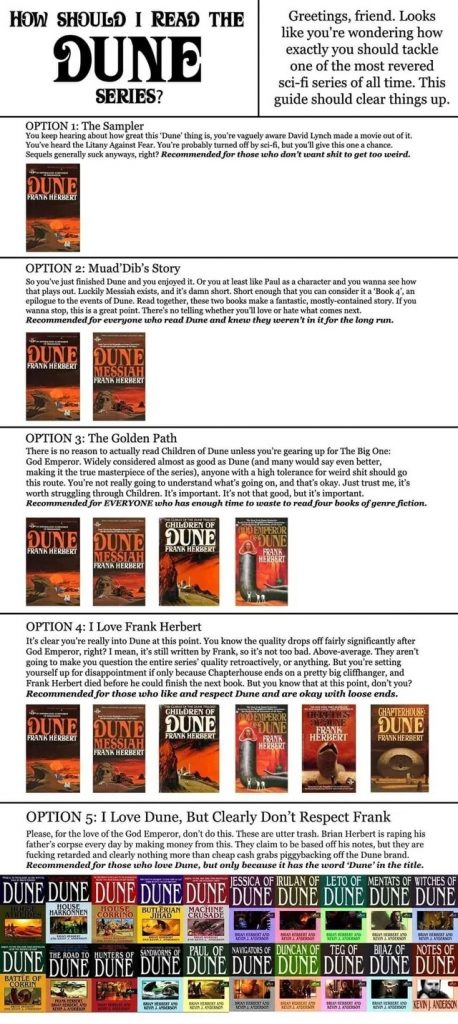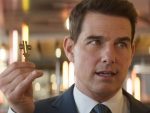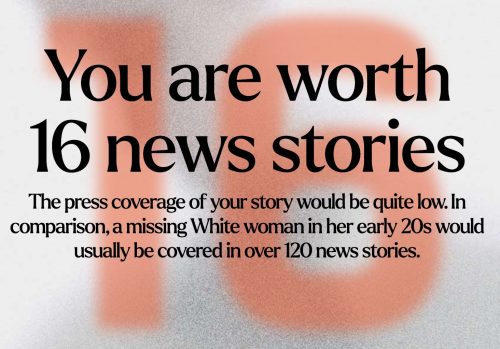I honestly tried to give this Netflix movie, Rebel Moon: the Scargiver, a chance. I made it about halfway before giving up in boredom.
It’s a sci-fi fantasy story about a rag-tag group of deadly warriors defeating an empire…prosaic enough so far. But what totally killed it for me, besides the deadly dull characters and ridiculous stakes, was the logistics. There is the gigantic, ultra-powerful galactic empire, you see, and the local governor sends this gigantic starship crewed entirely by psycho Nazis, to collect…grain. That’s the macguffin here, bags of grain. This grain is the output of a small village of maybe 30 vaguely North European farmers who harvest it over the course of less than a week, so we’re not even talking about megatonnes of vital foodstuff to feed a planet or two. Nope, just a bunch of sacks of grain that the farmers can pile into a single building in their village.
An immense starship appears, so large that it looms over the village while hanging in low orbit, and then the stupid slow-mo fighting with swords and clubs and farm implements and a few rifles against a robotic army of multi-barreled tanks and armies of space nazis and I see from the synopses that the peasants win.
None of this makes any sense, but there are two movies in this series and a third threatened. There are also going to be “director’s cut” versions of this thing released, as if it deserves further attention. This is garbage of Hugo Gernsback quality, illiterate hackery. How does Zack Snyder get away with it?
You know, the first thing a good science fiction movie should have is a competent, compelling writer generating the ideas behind its premise and execution. I guess since Star Wars got away with neglecting that component, though, nobody thinks it’s necessary any more.










